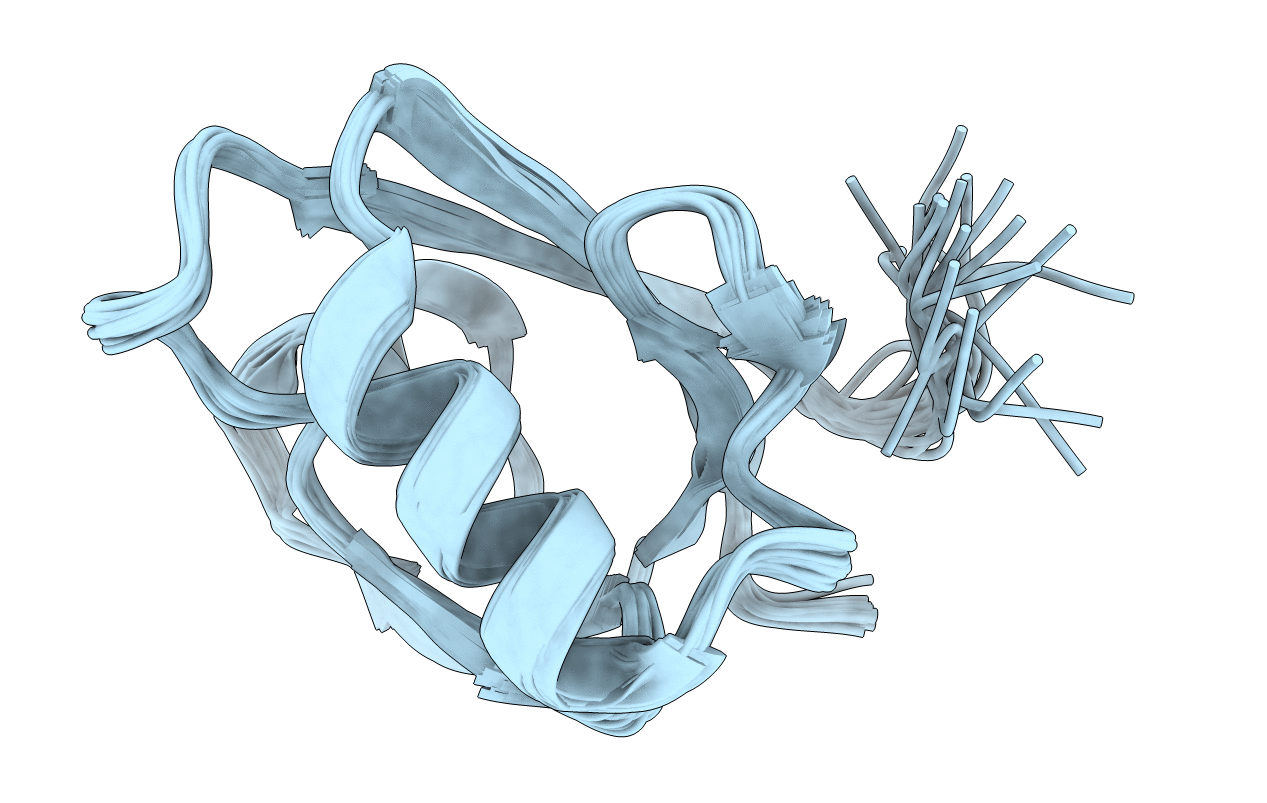
Deposition Date
2004-12-09
Release Date
2005-11-22
Last Version Date
2024-05-29
Entry Detail
PDB ID:
1Y7N
Keywords:
Title:
Solution structure of the second PDZ domain of the human neuronal adaptor X11alpha
Biological Source:
Source Organism:
Homo sapiens (Taxon ID: 9606)
Host Organism:
Method Details:
Experimental Method:
Conformers Calculated:
100
Conformers Submitted:
20
Selection Criteria:
structures with the lowest energy


